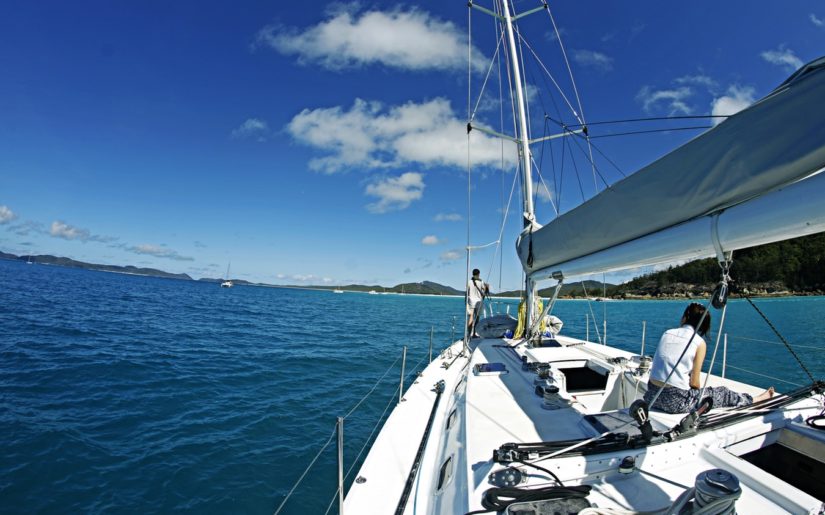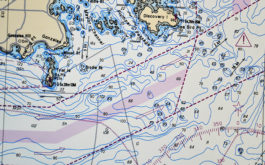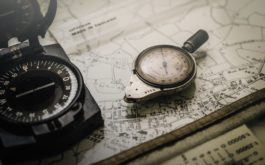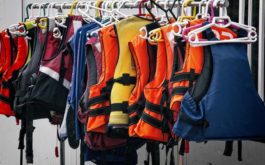Use a departure checklist
Completing a Pre-Departure Checklist before getting underway is an excellent way to avoid unsuitable operating conditions and reduce the risk of a breakdown. You should always use a Pre-Departure Checklist to ensure that your boat has the right safety equipment onboard. It only takes a few minutes to fill out your checklist and it is time well spent!
Instruct your Passengers
As the boat operator, it is important to talk to your passengers before leaving the dock. Use your pre-departure checklist as a discussion prompt to familiarize passengers with the following procedures:
- How to operate the craft in case of emergency
- The location of the craft’s emergency kit
- How to rescue a person overboard
- How to properly use an approved life jacket or PFD
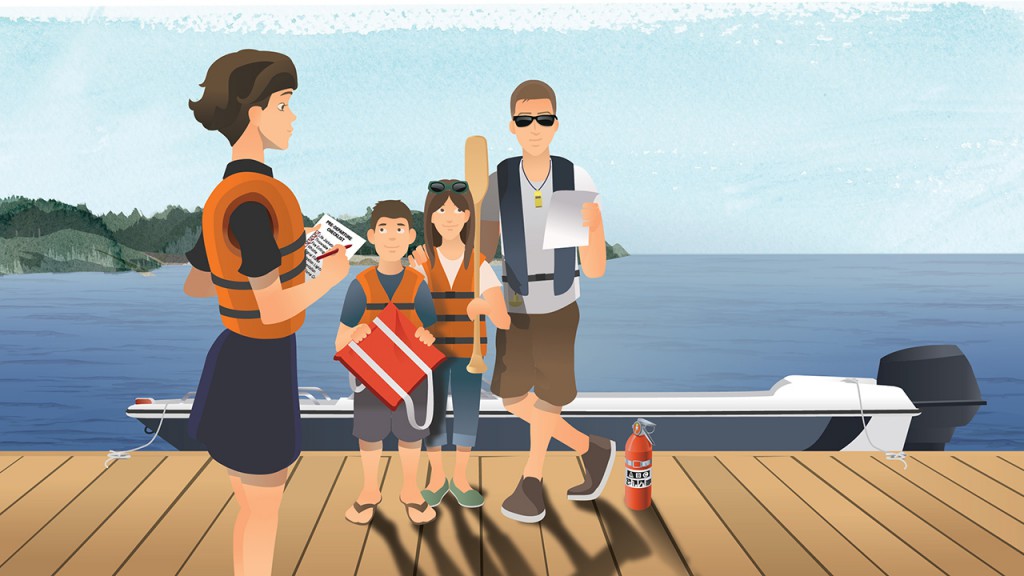
As the operator, you are responsible for instructing your passengers to:
- Always wear an approved life jacket or PFD
- Be aware that the effects of sunlight, motion, waves, wind and sound can impair their judgment
- Keep close to the centerline of the boat and as low as possible when moving around the boat
- Keep hands and feet inside the craft when departing or returning to the dock
- Refrain from consuming alcohol while onboard
Several boating safety organizations offer free courtesy checks for pleasure craft to help operators ensure they have the proper safety equipment onboard. These knowledgeable boating experts can help to identify any potential problems.
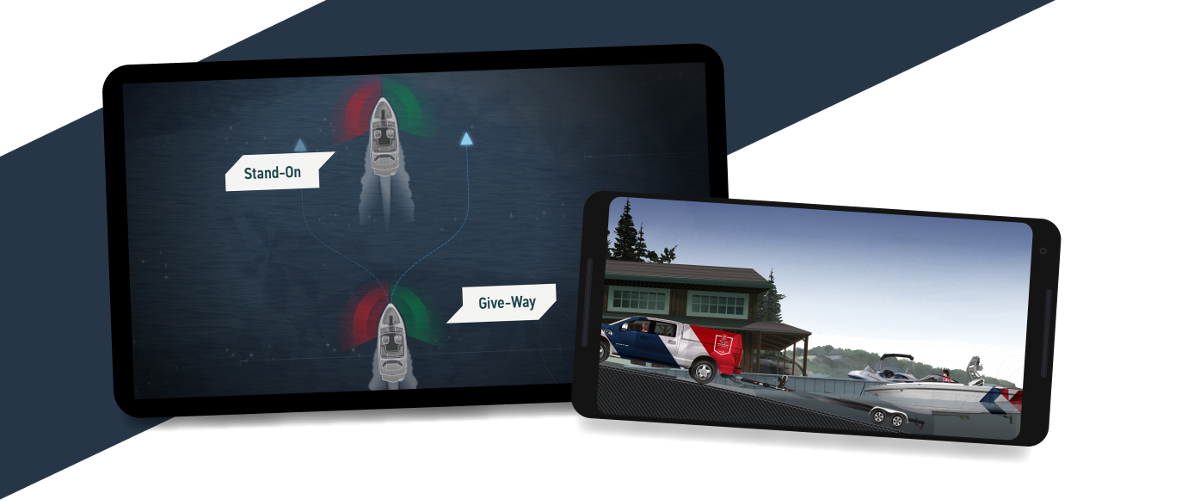
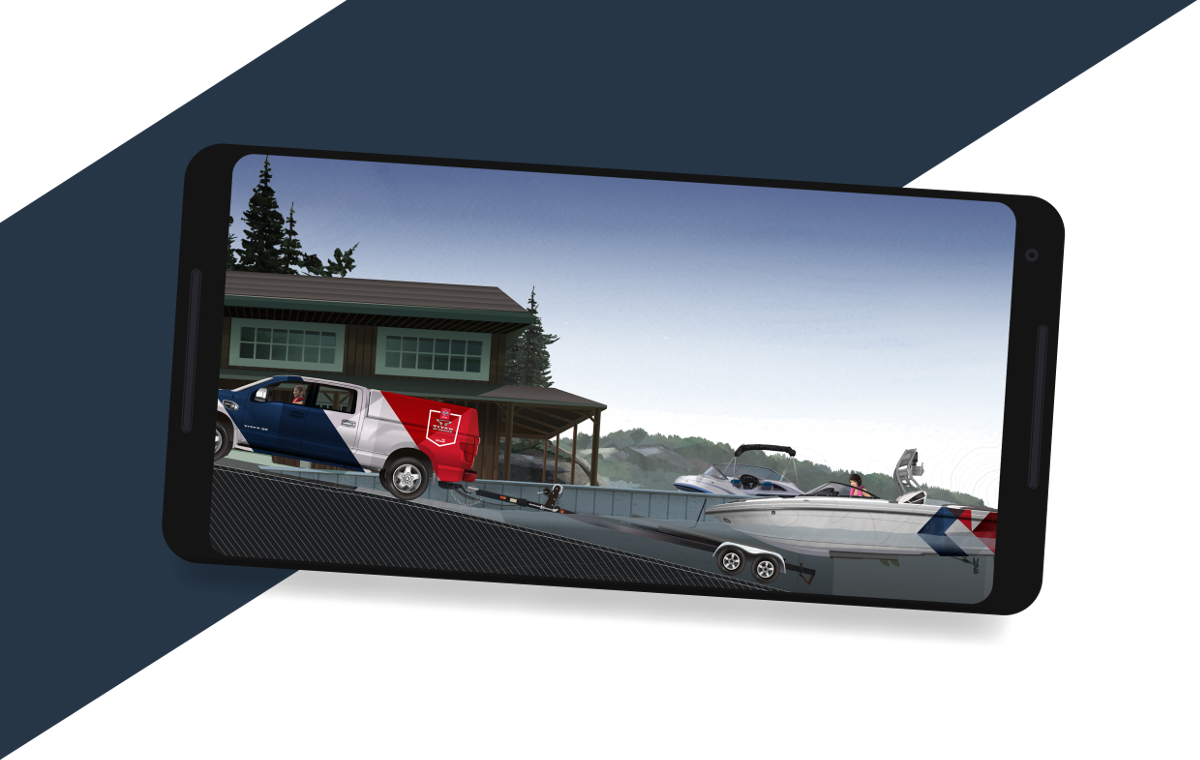
Get your Official North American
Boating License
The Official NASBLA and Transport Canada Boating Course, Test & License.
Get your Official North American
Boating License
The Official NASBLA and Transport Canada Boating
Course, Test & License.
Prepare a trip (Float) plan
A trip plan (also known as a float plan or sail plan) is a document that outlines your expected travel itinerary while on the water. A trip plan should be given to a responsible person on shore. In the event that you do not return from your trip on time, a trip plan can be used by search and rescue organizations to help pinpoint your whereabouts.
Trip plans should always be left with a responsible person who knows what to do in case of emergency. Even for a short boating trip, you should let a responsible person know where you will be boating, when you are expected to arrive home and the distinguishing features of your boat.
Float plan contents
Your Float Plan should include the following information:
Your boat information:
- The name of your boat
- The boat registration number
- Type of boat (whether it’s power, sail or paddle)
- The boat’s size and colour
- The year and make of your boat
- Boat engine type
- Unique features of the boat (like a flag or wakeboard tower)
Your boat’s safety equipment:
- Sound signals
- Visual distress signals
- Anchor (ground tackle)
- Navigation equipment
- Charts/maps/radar
- Number of life jackets on board
Passenger information:
- The boat operator’s name, address and telephone number
- The number of passengers on board and the name of each passenger
Trip description:
- Time of trip departure
- Time of trip return
- The proposed route
- Instructions in case of emergency
At minimum, you can text, email, make a phone call or leave a note. You can even leave a status update on Facebook with the following information that will help point your friends to your “W”hereabouts:
- What are you doing?
- Where are you going?
- When will you return?
- Who are you going with?
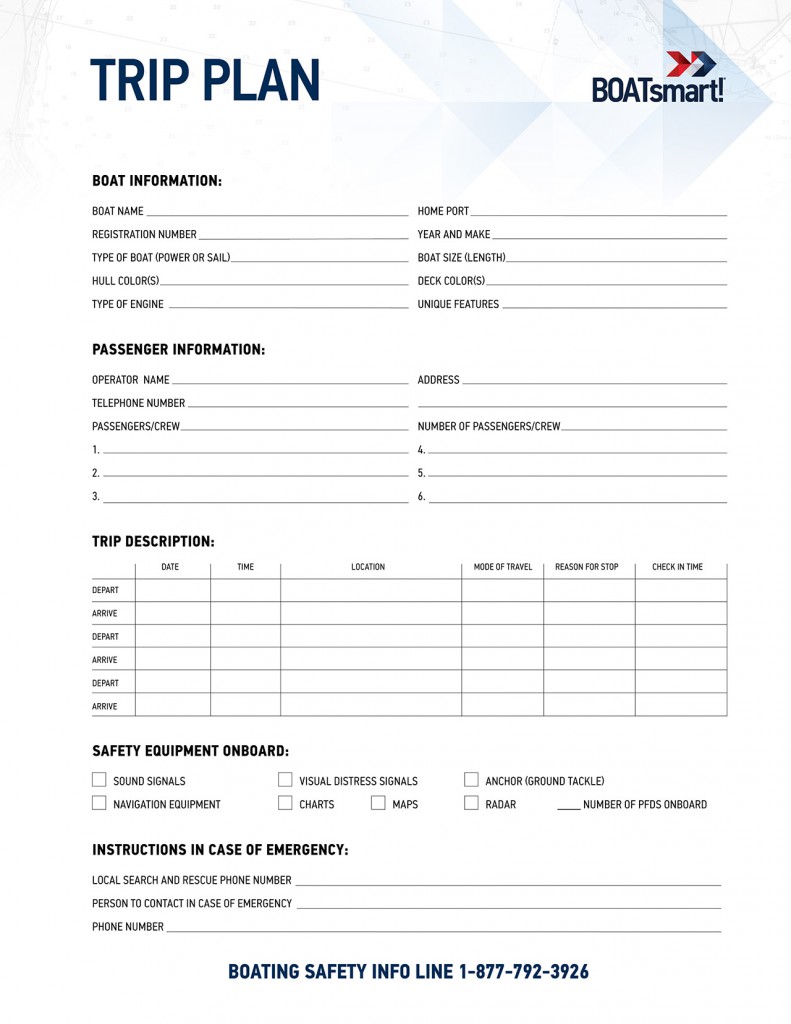
Making Changes and Returning
Changing a Trip Plan
If you change plans during your trip, you should notify the person with whom you’ve filed the plan. Doing so will inform the person of your correct whereabouts and avoid a false alarm or unnecessary emergency actions.
On Return
Upon your return, you must remember to notify the person or organization with whom you filed the plan and inform them that you have returned safely. Failing to do so may result in a false alarm and the launch of a search and rescue operation.
